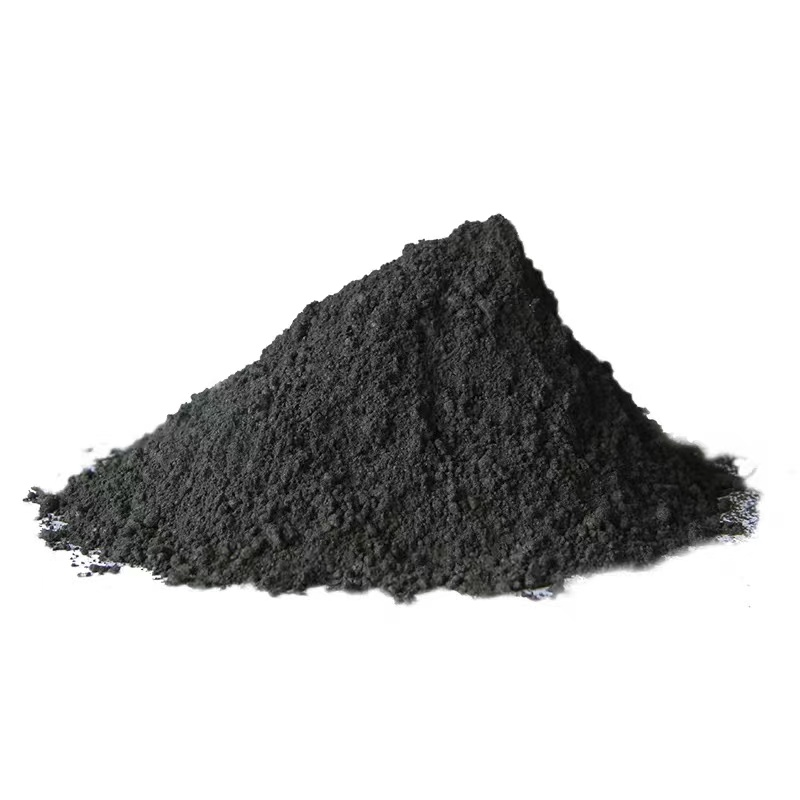- Home
- Products
- Elementary
- Boride Powder
- 3D Printing Powder
- Sulfide Powder
- Oxide Powder
- Carbide powder
- Nitride Powder
- Silicide Powder
- Hydride Powder
- Telluride Powder
- Selenide Powder
- Stearic Acid Series
- Phosphide Powder
- Nanoparticles
- Metal Alloy
- MAX Phase
- Lithium Battery Anode
- Surfactant
- Molecular sieves
- Concrete Admixtures
- News
- Answers
- Contact
- About
News
- 0
- 0
How to know expandable graphite?
If you are looking for high-quality products, please feel free to contact us and send an inquiry, email: brad@ihpa.net
Gold is a high-quality hedge hedging tool, favored by investors. Especially in recent years, with the increasing instability of the world economy, gold has become one of the preferred asset allocations of investors because of its functions of hedging and fighting inflation.
Earlier, the worsening situation in Ukraine sent gold prices soaring to a two-year high of $2,070 an ounce. But gold, along with other commodities, fell back last week as conditions changed and bulls took profits, hitting a low of $1,895 an ounce. Rising gold prices may also have an impact on the expandable graphite prices.
According to China Business News, Goldman Sachs raised its gold price forecast in early March, considering Asian buyers' gold consumption demand, investment demand and central bank gold purchase demand continue to rise. Three -, six - and 12-month targets were raised to $2,300, $2,500 and $2,500 an ounce, respectively, from $1,950, $2,050 and $2,150. The last time all three accelerated was in 2010-11 when gold prices rose nearly 70%.
The World Gold Council has also noted that global gold demand is at its highest level in nearly two years, which is linked to a recovery in consumption and consumer sentiment to combat inflation.
Expandable graphite - a special type of graphite.
Due to the laminar structure of graphite, atoms or small molecules can be introduced between the carbon layers (intercalation). During this process, so-called swellable graphite salts or GICs (graphite embedded compounds) are produced. Excellent grades of expandable graphite have a high percentage of intercalation layers. Usually sulphur or nitrogen compounds are used as insertion agents. Under the influence of heat, these layers separate like an accordion and the graphite sheet expands.
Depending on the grade of material, expansion can start at as low as 180°C and can occur suddenly and rapidly. In the case of free expansion, the final volume may be hundreds of times larger than the initial volume. The properties of expandable graphite, i.e. the initial expansion temperature and the degree of expansion, are mainly determined by the quality of the insert (the proportion of the insert) and the inserting agent.
Expandable graphite as a flame retardant.
One of the main applications of expandable graphite is as a flame retardant. Due to the heat of the fire, the graphite expands and forms an intumescent layer on the surface of the material. This delays the spread of the fire and minimises one of the most harmful effects of combustion, namely the production of toxic gases and smoke.
How to produce expandable graphite?
To produce expandable graphite, natural graphite flakes are treated in a bath of acid and oxidizing agent.Usually used oxidizing agents are hydrogen peroxide, potassium permanganate or chromic acid. Concentrated sulphuric acid or nitric acid are usually used as the compound to be incorporated, with the reaction taking place at temperatures of 30 °C to 130 °C for up to four hours. After the reaction time, the flakes are washed with water and then dried.[2] Starting temperature and expansion rate depend on the production conditions and particle size of the graphite. temperature and expansion rate are depending on the degree of fineness of the graphite used.

What are the applications of expandable graphite?
Flame retardant
One of the main applications of expandable graphite is as a flame retardant. When exposed to heat, expandable graphite expands and forms an intumescent layer on the material surface. This slows down the spread of fire and counteracts the most dangerous consequences of fire for humans, the formation of toxic gases and smoke.
Graphite foil
By compressing expanded graphite, foils can be produced from pure graphite. These are mainly used as thermally and chemically highly resistant seals in chemical plant construction or as heat spreaders.
Expandable graphite for metallurgy
Expandable graphite is also used in metallurgy to cover melts and moulds. The material serves here as an oxidation protection and insulator.
Expandable graphite for the chemical industry]
Expandable graphite is included in the chemical processes for paints and varnishes.
High-quality expandable graphite supplier
Luoyang Moon & Star New Energy Technology Co., LTD, founded on October 17, 2008, is a high-tech enterprise committed to developing, producing, processing, selling, and technical services of lithium-ion battery anode materials. After more than 10 years of development, the company has gradually developed into a diversified product structure with natural graphite, artificial graphite, composite graphite, intermediate phase, and other negative materials (silicon-carbon materials, etc.). The products are widely used in high-end lithium-ion digital power and energy storage batteries.
If you are looking for expandable graphite material, click on the needed products and send us an inquiry:sales@graphite-corp.com.
The impact of the Russia-Ukraine conflict on the supply and prices of commodities is widening, and commodity prices remain at high levels. There is still great uncertainty about the future price of the expandable graphite.
Inquiry us
PREVIOUS NEWS